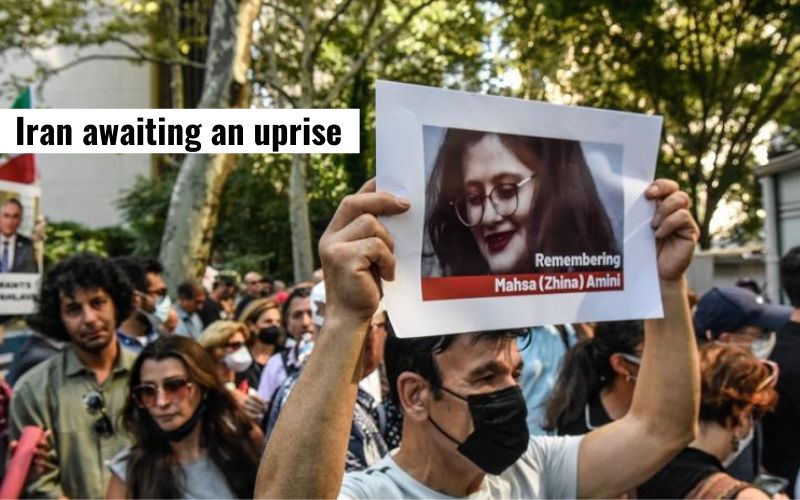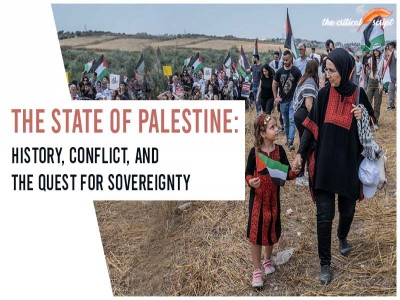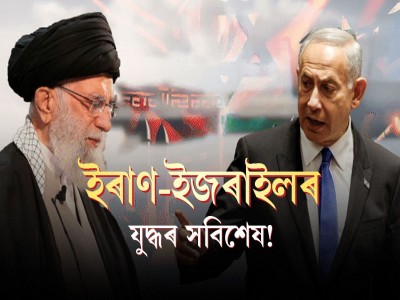
Iran awaiting an uprise
In Iran, protests have erupted since Mahsa Amini, a 22-year-old Kurdish woman, died in police custody after being apprehended for not wearing her hijab correctly.
The sheer act of defiance against Iran’s Supreme Leader Ayatollah Ali Khamenei and the regime he represents is part of a long struggle for democracy, sovereignty, and independence among people in Iran.
1850
Iranian women have for almost 170 years been struggling for freedom and equality. In the 1850s a woman in Iran ripped apart her veil and delivered an erudite sermon to a bewildered audience. Women and men of Iran have since then fought for democracy, sovereignty, and independence.
1936
In 1936 a political storm again brewed over the hijab when an edict was issued banning all veiling practices. The Western-influenced Kashf-e hijab decree – which means “unveiling” – issued by Reza Shah Pahlavi’s regime forced women to abandon the hijab or else keep away from public view.
Many women gave up the traditional Iranian chador, or cloak but instead began to wear the manteau (a long jacket) with a rusari (headscarf), which provided a functional sense of modesty.
Soon, the veil became a symbol of resistance against the oppressive Shah regime. Even women who otherwise would not have worn the garment came out on the streets with their heads covered in solidarity with those who had chosen to be veiled.
1979
Following the Islamic Revolution of 1979, the clerics who took over under Ayatollah Khomeini soon imposed compulsory veiling for Iran’s women, citing “moral cleansing”. An attempt to retaliate against the Shah's regime led to the construction of a code of modesty for women. Modesty was redefined in the name of Fatima, the Prophet’s daughter.
This era is perhaps best exemplified in the Khomeini quote that was painted across buildings and billboards in Tehran: “The Islamic Republic is not about fun, it is about morality. There is no fun to be had in the Islamic Republic of Iran.”
2022
The measures of repression have remained unchanged for regimes, with the moral police of the Islamic rules taking the place of the Shah’s secret police. Iranian women have been trapped between a rock and a hard place regardless of whether their regime is Westernised or Islamic.
The current protests are the latest manifestation of an incessant struggle by Iranian women and men for a secular, democratic Iran. Unrest at the present time is yet another effort to set the ship of state back on course.
Faith and its interpretation are sensitive and very personal, but for a state, the larger context is to upkeep basic human rights relevant to the time.
Disclaimer: The opinions expressed in this article are those of the author's. They do not purport to reflect the opinions or views of The Critical Script or its editor.

Newsletter!!!
Subscribe to our weekly Newsletter and stay tuned.
















Related Comments